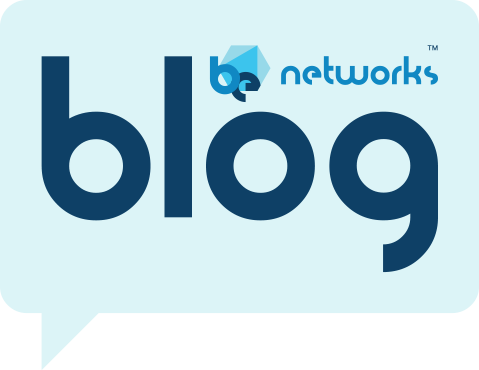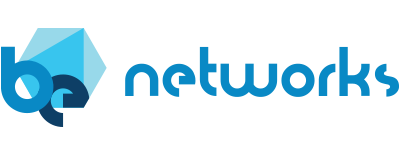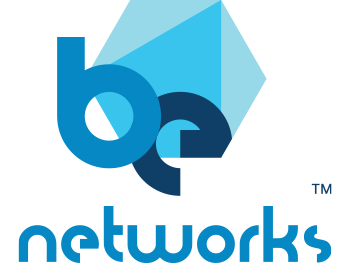
"Shave on another man's beard"

Over the years we have seen an affinity for beards by many network operators but this has decreased in recent years, so we thought we would share this blog with a parallel to new trends in datacenter NetOps.
A large data center network involves multiple switches, routers, and other devices with complex configurations, and that complexity increases exponentially as you grow in size, or when dealing with the unique requirements large GPU farms. Current “automation” tools require careful planning and scripting to ensure that the configuration is applied consistently across all devices and are modified dynamically with your Day 2 operations. Keeping track of the real network topology and inventory is even a bigger challenge. Some orchestration platforms were developed to address some of those challenges, like creating the routes or deploying new services, but most lack the ability to address complex topology and inventory challenges.
Let’s clear up the difference between automation and orchestration: automation focuses on automating individual tasks, whereas orchestration aims to automate multiple complex workflows. In a large-scale data center, you may need to use both automation and orchestration tools to manage your infrastructure.

Other major challenges that most data center operators face relate to security, change management, and workforce proficiency, these are all especially true in multi-vendor environments. BE Networks is a huge proponent of Open Networking, which brings many benefits such as eliminating vendor lock-in, diversified supply chains, cost effectiveness and more.
But like in most things in life, the people you take with you on the journey will determine your outcome, and trustworthiness and experience should be key factors in selecting a partner for your datacenter evolution. After honing our skills in developing the best orchestration platform and automation tools for more than a decade, we at BE Networks have some recommendations.
Network Automation and Orchestration in 2025 and Beyond
- Before deploying your network design, take the time to thoroughly review and test your configuration using tools like digital twins and network simulators. BE’s digital twin relies on the real network data you have and is not using statistical modeling. Utilize online resources, such as design guides from key ASIC manufacturers and other vendor documentation to ensure you’re familiar with the latest best practices and troubleshooting techniques.
- Establish a robust testing process that includes testing rollouts of network changes and leverage IaC automation features to streamline your testing and deployment. Additionally, implement integrated monitoring tools to quickly detect and respond to any issues arising from network changes. At BE, these are all part of our Verity platform, which includes new AI tools such as SensAI to rapidly interact with the network.
- Enable and verify encrypted data transfers and secure authentication mechanisms are in place. Stay up-to-date with the latest security patches with its automated image update mechanism and best practices for securing your network devices. Verity automatically deploys best-practice configurations designed for the highest sensitivity networks, and allows you to easily upgrade and patch device software and firmware.
- Implement a robust monitoring system that tracks performance and configuration. Use automation features to perform routine tasks, such as software updates and security patch applications. BE’s AI tool, SensAI, continuously reviews logs and performance metrics to identify potential issues before they become major problems.
- Conduct thorough compatibility assessments to identify potential issues before field deployments. BE is engaged with leading ASIC developers, device manufacturers and NOS providers to ensure their products are supported by BE. We deploy a large lab that has all supported products and conduct extensive testing of compatibility and reliability. BE is the defacto leader in multi-vendor interoperability with more than a decade experience in both datacenter and campus deployments, so we know where to check…
 In conclusion, while deploying a network there are many challenges that require careful planning and execution. By understanding these common pitfalls and implementing practical solutions like Verity, organizations can successfully deploy and manage their networks with ease.
In conclusion, while deploying a network there are many challenges that require careful planning and execution. By understanding these common pitfalls and implementing practical solutions like Verity, organizations can successfully deploy and manage their networks with ease.
Best Practices for configuring networks with Verity:
- Thoroughly review and test your configuration before deployment.
- Utilize digital twin simulation tool to validate network designs.
- Implement robust testing processes for successful rollouts.
- Prioritize and automate security through encrypted data transfer, secure authentication mechanisms, and up-to-date patches.
- Regularly monitor node performance and configuration using BE’s AI tool – SensAI.
- Assess potential compatibility using BE testing before deploying.
By embracing these best practices, organizations can harness the full potential of Verity to build highly scalable, secure, and efficient networks.

Amir Elbaz
CEO & Founder, BE Networks


